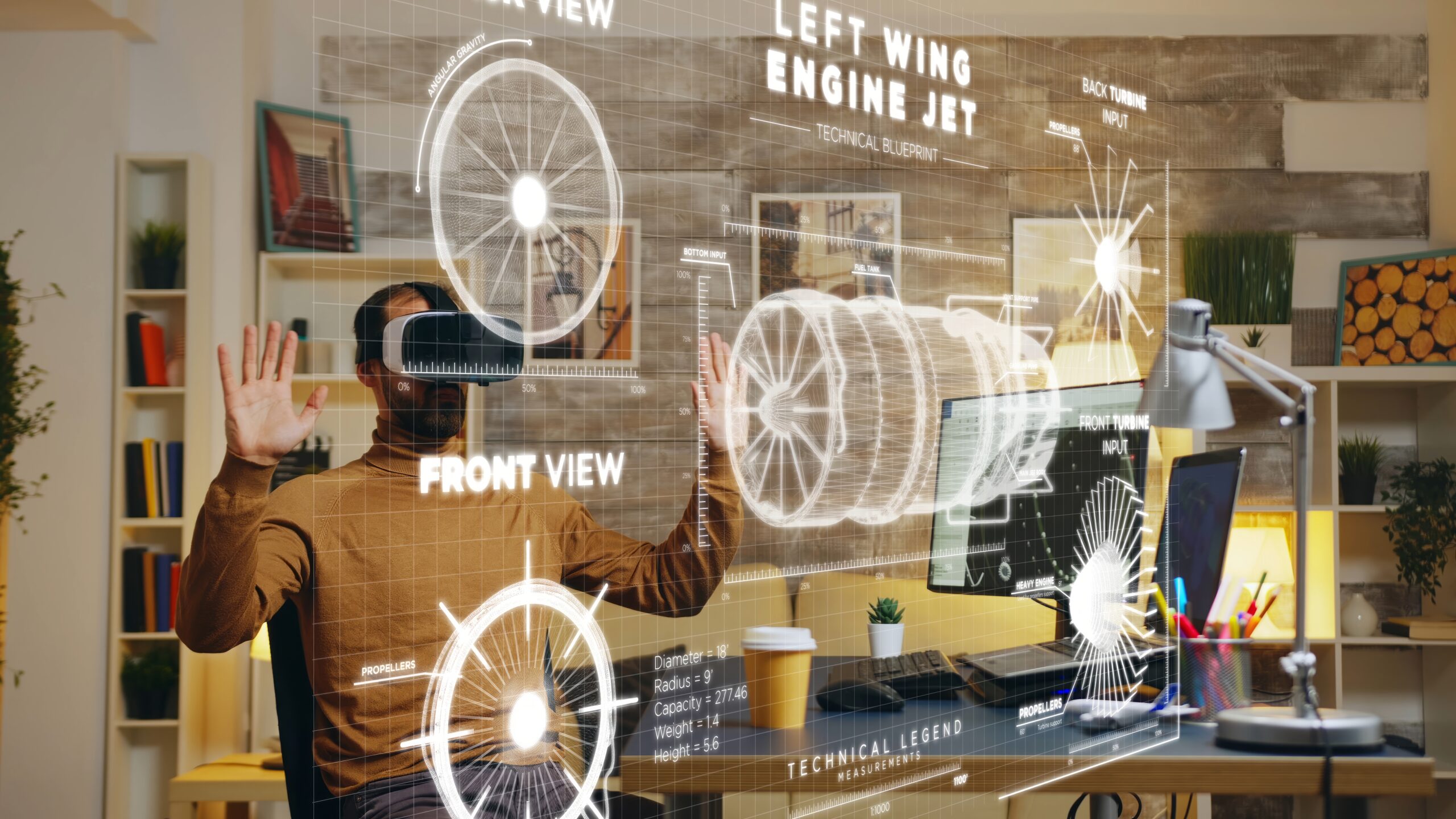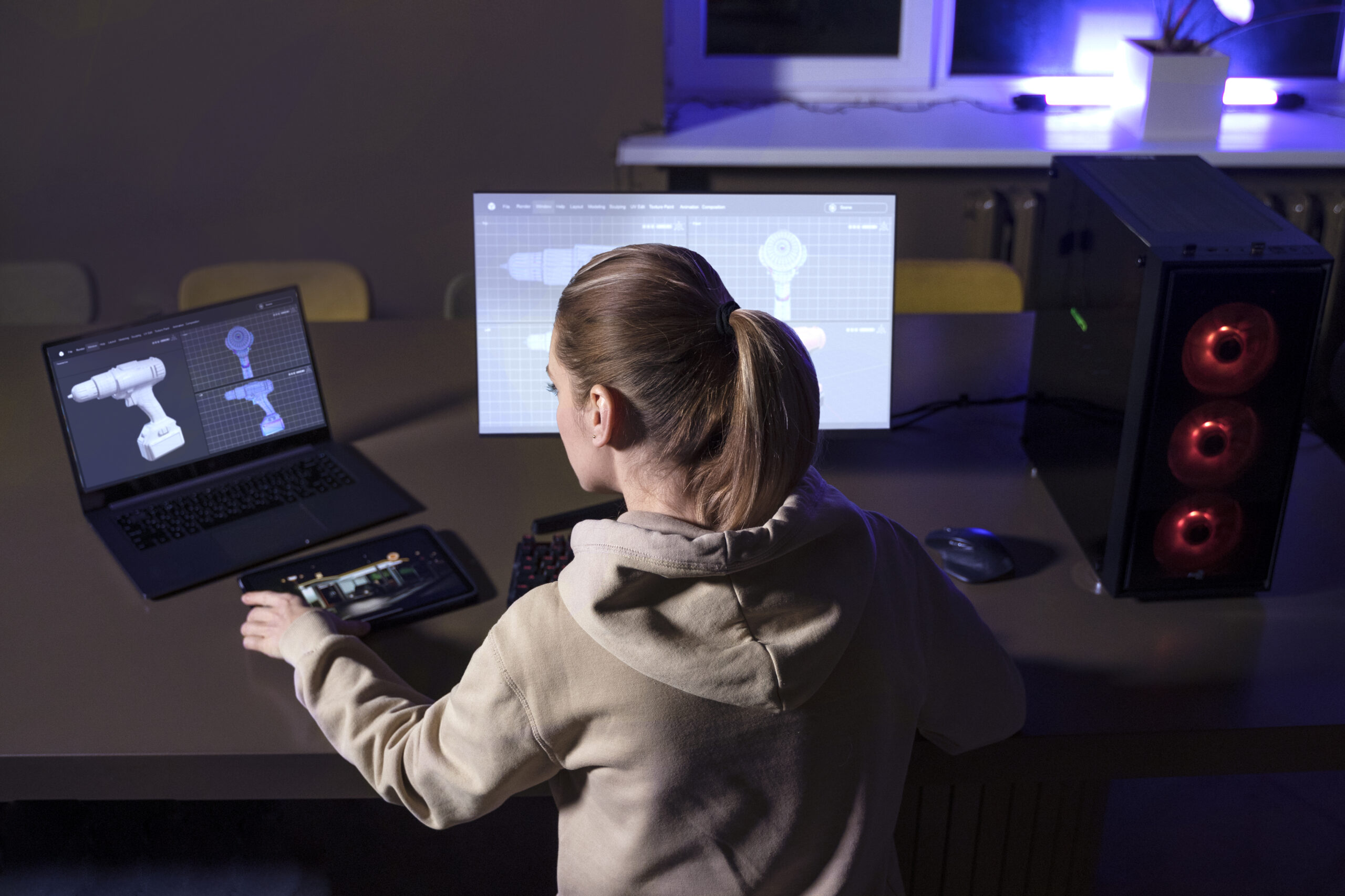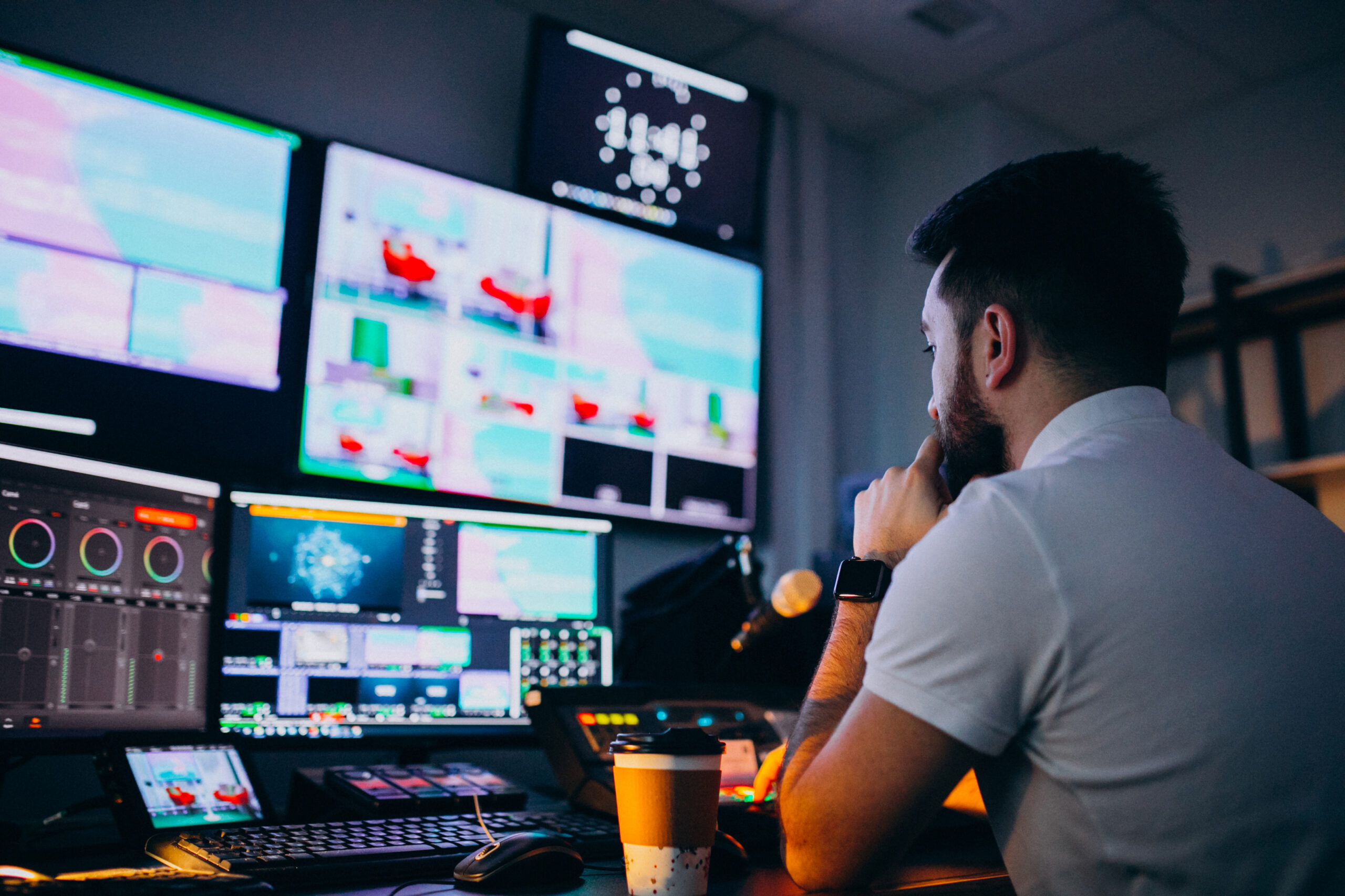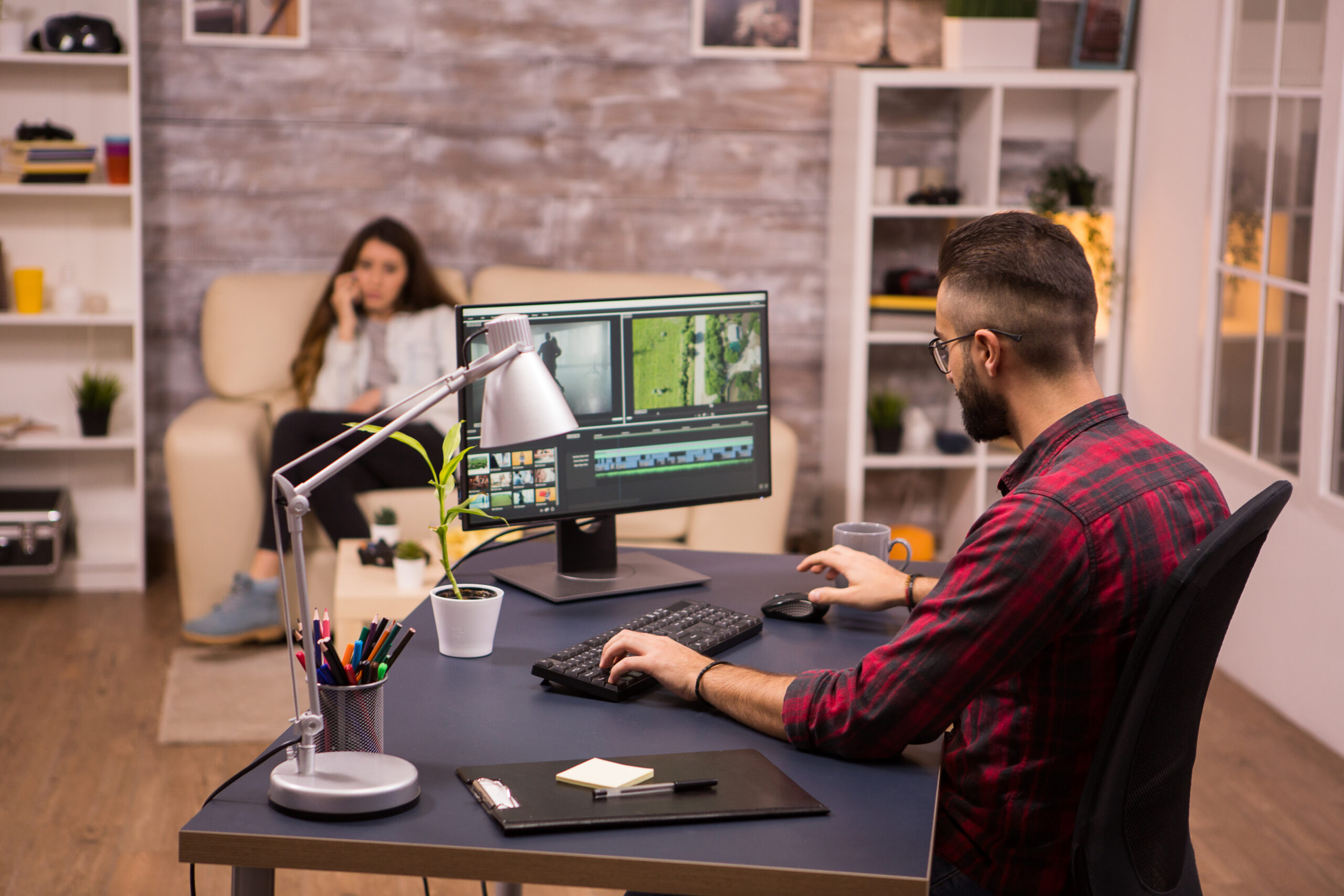Boost Your Visuals: 5 Revolutionary VFX Strategies for Stunning Effects
For artists hoping to capture attention and push the boundaries of their craft, staying ahead of the curve in the always changing field of visual effects (VFX) is essential. Whether you work as a game developer, animator, or filmmaker, learning VFX strategies can help you create visually stunning and impactful content. Here are five game-changing VFX strategies to improve your graphics and provide breathtaking effects:

Using Layered Compositing to Add Reality and Depth
In order to produce a seamless and engrossing scene, several visual elements are combined via layered compositing. Creators may give their films more depth and authenticity by combining live-action video with CGI, matte paintings, and other VFX strategies. With the use of this technology, digital objects can be seamlessly incorporated into real-world settings, improving their visual impact and credibility.
To get the most of layered compositing, you need first clearly define your scenario and determine which parts are necessary to make it come to life. To maintain uniformity between layers, pay attention to perspective, shadows, and lighting. Try a variety of blending settings and masking strategies to combine dissimilar objects in a smooth way. You may construct visually spectacular compositions that take viewers to new worlds by meticulously sculpting each layer.
Dynamic Particle Systems: Incorporating Movement and Sheen
A strong tool for producing dynamic and engrossing visual effects is a particle system. Artists can simulate the movement and flow of particles, like smoke, fire, or sparks, to give their scenes more life. Dynamic particle systems have the power to enhance any project’s visual impact, whether they are utilized to mimic imaginary or natural events.
Particle systems implementation should prioritize realism and meticulousness. To get the desired result, experiment with different factors including particle size, velocity, and density. To make your simulations more dynamic and sophisticated, include factors like gravity and wind. You may produce eye-catching visual effects that elevate the entire cinematic experience by carefully adjusting these parameters.

Procedure Creation: Effectiveness and Adaptability
The automatic production of content through the use of mathematical formulae and algorithms is known as procedural generation. The efficiency and versatility of this technique are substantial, enabling content creators to produce large volumes of information with no need for manual involvement. Procedural generation can simplify the VFX production pipeline and open up new creative possibilities when utilized to create animations, textures, or environments.
Learn how to use specialized tools like Houdini or computer languages like Python in order to make the most out of procedural generation. Examine procedural methods for creating vegetation, terrain, and other environmental features. Accept that procedural workflows are iterative and allow for quick experimentation and iteration. You may speed up your VFX workflow and let your imagination run wild by utilizing procedural generation.
More Complex Shader Methods: Improving Surface Detail
In computer graphics, shaders are vital tools for manipulating surface look. The realism of sceneries can be increased by artists by achieving lifelike surface materials through the manipulation of qualities like color, texture, and reflection. Complex surface features like anisotropic reflections, subsurface scattering, and microsurface defects can be created with the use of advanced shader techniques.
Consider the physical characteristics of materials and their light-interaction while using sophisticated shader approaches. Try out several shader models and rendering algorithms to get the look of realistic lighting. Use generated noise and texture mappings to give surface detail more depth and diversity. You may produce incredibly realistic graphics and improve the visual fidelity of your projects by becoming proficient with advanced shader techniques.
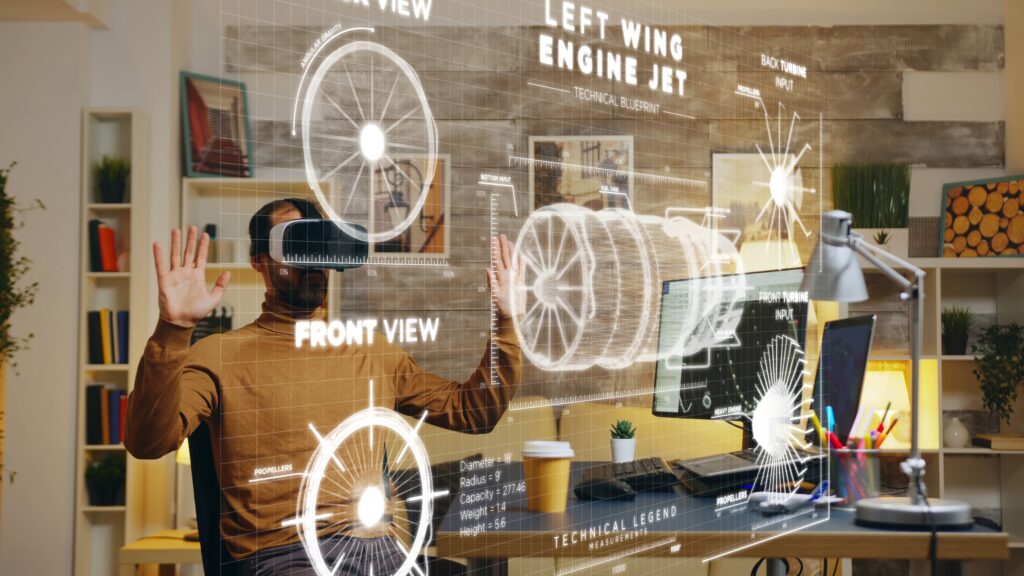
Real-Time Rendering: Immersion and Interactivity
The creation and consumption of visual effects have been completely transformed by real-time rendering, which makes interactive and immersive experiences possible on a wide range of platforms. Through the utilisation of contemporary graphics hardware, artists may produce breathtaking pictures instantaneously, obfuscating the distinction between conventional offline rendering and interactive entertainment.
Make sure your shaders and assets are properly optimized to get the most out of real-time rendering. Adopt strategies like dynamic lighting and level of detail (LOD) management to increase frame rates without compromising image quality. Investigate real-time engines like Unity or Unreal Engine to benefit from pre-built tools and workflows. You may produce interactive experiences that excite and engage viewers in novel and inventive ways by embracing real-time rendering.
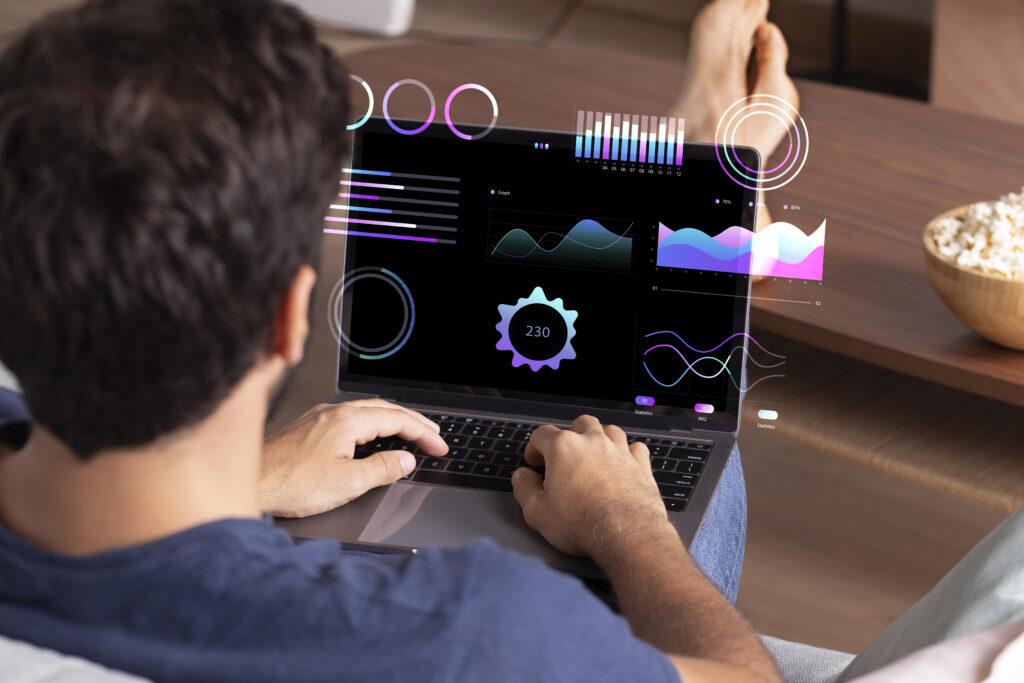
VFX Strategies:
Reach new heights with your projects and improve your visuals by learning these revolutionary VFX strategies. To create breathtaking effects that captivate spectators, experimentation and imagination are essential, regardless of whether you’re going for fantasy extravaganza or cinematic realism. You may realize your creative dreams and realize the full potential of visual effects by fusing technological know-how with artistic vision.

